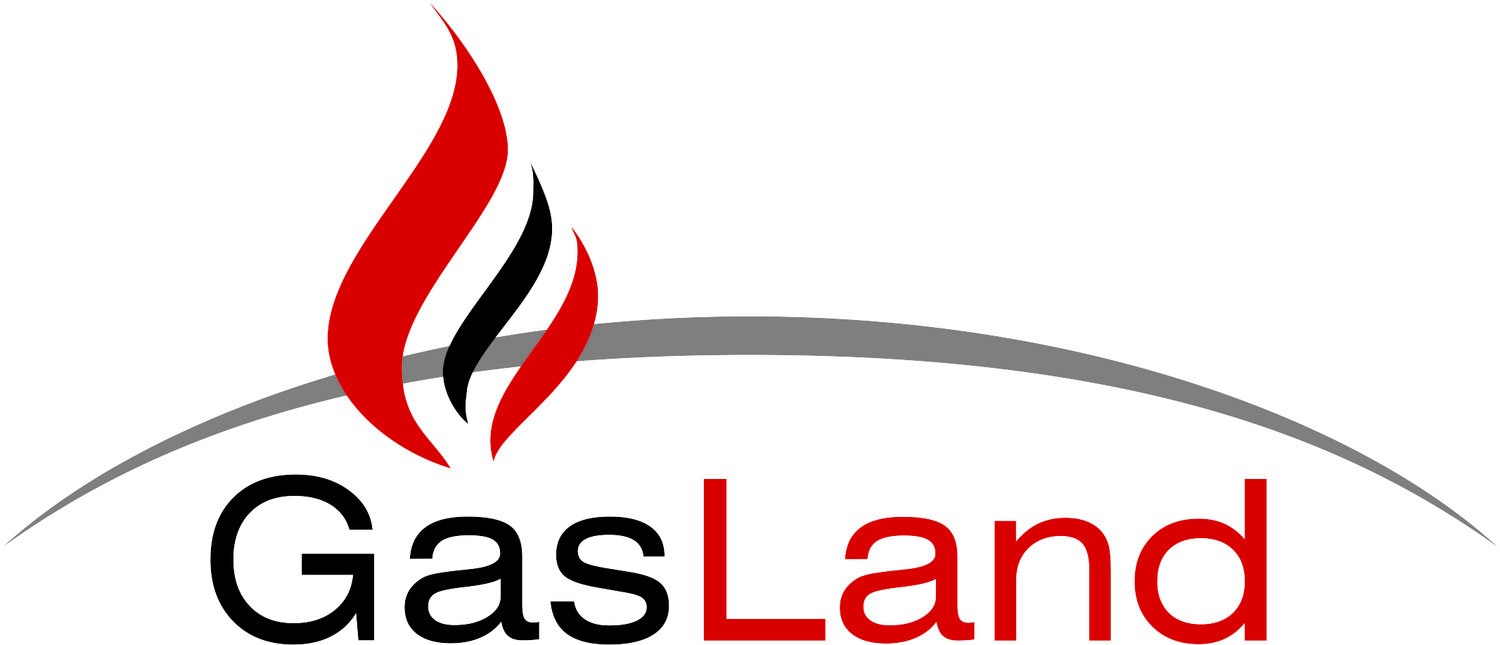During commissioning activities it is very critical that one has a strong strategy to implement decisions and to make sure that everything is covered before making those decisions.
The STARRT Card approach (Safety Task Analysis Risk Reduction Talk) enables the operator to take a step back and re-evaluate the task and the steps that would be required to accomplish it.
Gas Land's STARRT Card attempts to capture all the critical stages of any task and measures different levels of risks involved in performing those tasks.
A typical STARRT Card would have the following sections.
- Hazard Identification
- Hazard Control Measures
- PPE/Safety
- Permits
- Pre-Work Considerations
- Impacting Factors
- List of Tasks to be performed
- Steps required to perform the task





